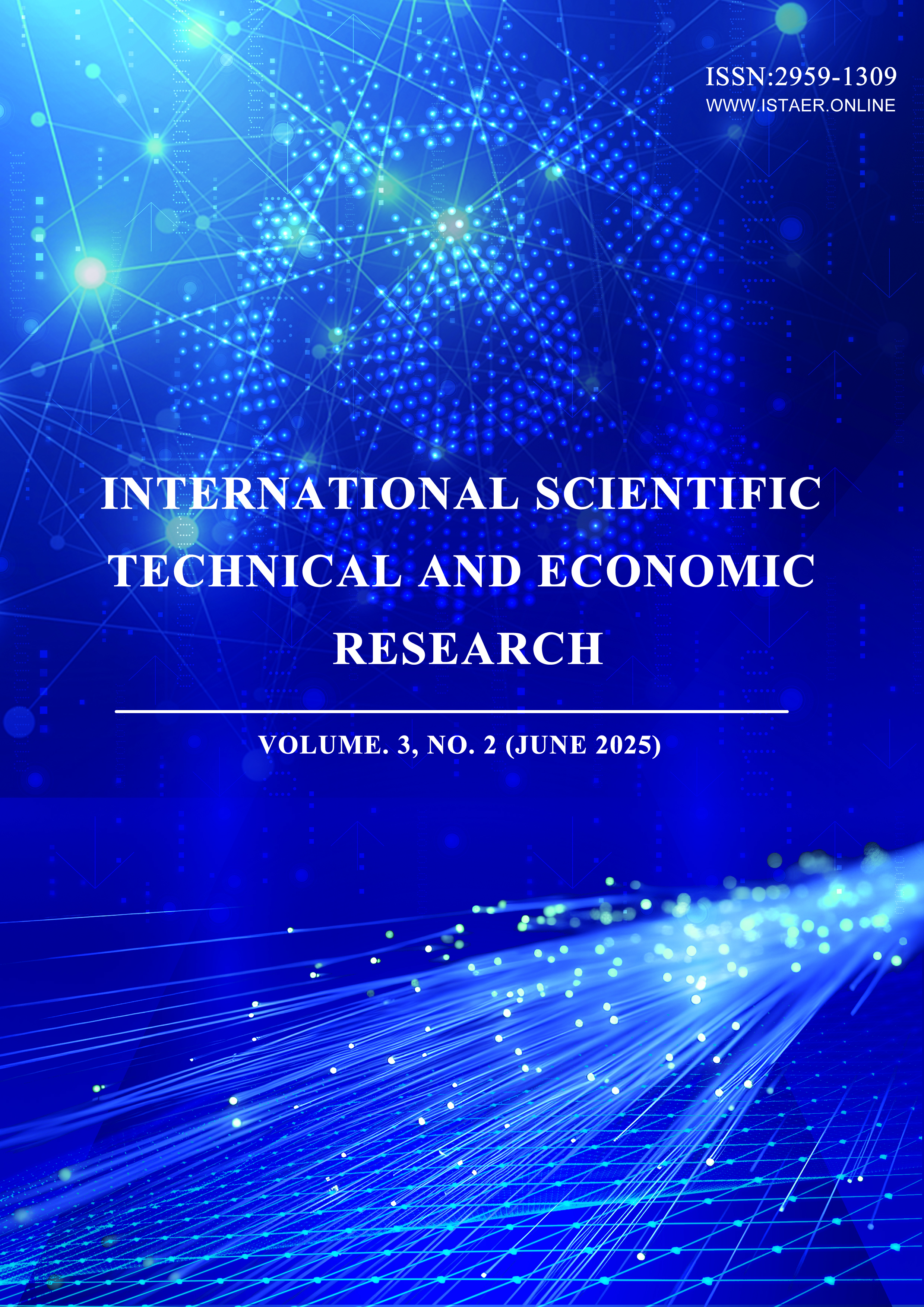Telecom Bank Card Fraud Analysis Based on Statistical Measures
DOI:
https://doi.org/10.71451/ISTAER2525Keywords:
Telecom Fraud; Spearman; K S Test; Normal Distribution; Pie ChartAbstract
In recent years, telecommunication network fraud has become increasingly severe, posing significant threats to financial security and social stability. This study aims to investigate the correlation between fraud occurrence and key indicators, including bank card usage and PIN authentication, to identify risk factors and protective measures. Statistical analyses were conducted on a comprehensive dataset of reported fraud cases, incorporating Kolmogorov Smirnov (K S) tests to examine the distribution characteristics of (Fraud), (Card), and (PIN) variables, followed by Spearman correlation analysis to assess their interdependencies. Visualization through pie charts revealed the proportional distribution of fraud types, with particular emphasis on differentiating telecom related bank card fraud from non-telecom cases. The results indicate that bank card transactions conducted via digital devices exhibit a higher susceptibility to fraudulent activities, whereas the implementation of PIN verification significantly mitigates fraud risk. These findings provide empirical insights for enhancing anti-fraud strategies, emphasizing the importance of secure authentication mechanisms in digital financial transactions.
References
[1] Wang, M., Xie, J., Chen, Z., Liu, M., Zhang, S., & Li, J. (2024). Enhancing Telecom Fraud Prediction Accuracy Using a Combined CNN-LSTM Model with Bahdanau Attention Mechanism. Journal of Globe Scientific Reports, 6(2), 56-73.
[2] Wahid, A., Msahli, M., Bifet, A., & Memmi, G. (2024). NFA: A neural factorization autoencoder based online telephony fraud detection. Digital Communications and Networks, 10(1), 158-167. DOI: https://doi.org/10.1016/j.dcan.2023.03.002
[3] Liu, G. (2024). Leveraging Machine Learning for Telecom Banking Card Fraud Detection: A Comparative Analysis of Logistic Regression, Random Forest, and XGBoost Models. Computers and Artificial Intelligence, 1(1), 13-27. DOI: https://doi.org/10.70267/1cc7aw07
[4] Shao, L., Chen, Q., & He, M. (2025). Telecom Fraud Money Laundering Account Recognition Case: Multiple Machine Learning Techniques. In AI in Banking: Practical Applications and Case Studies (pp. 159-197). Singapore: Springer Nature Singapore. DOI: https://doi.org/10.1007/978-981-96-3837-6_6
[5] Hapase, D. S., & Patil, L. V. (2024). Telecommunication fraud resilient framework for efficient and accurate detection of SMS phishing using artificial intelligence techniques. Multimedia Tools and Applications, 1-23. DOI: https://doi.org/10.1007/s11042-024-19020-2
[6] Alshawi, B. (2024). Comparison of SVM kernels in Credit Card Fraud Detection using GANs. International Journal of Advanced Computer Science & Applications, 15(1). DOI: https://doi.org/10.14569/IJACSA.2024.0150131
[7] Du, H., Lv, L., Wang, H., & Guo, A. (2024). A novel method for detecting credit card fraud problems. PloS one, 19(3), e0294537. DOI: https://doi.org/10.1371/journal.pone.0294537
[8] Li, F., & Chen, Z. (2025). Dynamic quantification anti-fraud machine learning model for real-time transaction fraud detection in banking. Discover Computing, 28(1), 59. DOI: https://doi.org/10.1007/s10791-025-09549-7
[9] Charizanos, G., Demirhan, H., & İçen, D. (2024). An online fuzzy fraud detection framework for credit card transactions. Expert Systems with Applications, 252, 124127. DOI: https://doi.org/10.1016/j.eswa.2024.124127
[10] Sizan, M. M. H., Chouksey, A., Tannier, N. R., Al, M. A., Jobaer, J. A., Roy, A., ... & Aminul, D. (2025). Advanced Machine Learning Approaches for Credit Card Fraud Detection in the USA: A Comprehensive Analysis. Journal of Ecohumanism, 4(2), 883-905. DOI: https://doi.org/10.62754/joe.v4i2.6377
Downloads
Published
Issue
Section
License
Copyright (c) 2025 International Scientific Technical and Economic Research

This work is licensed under a Creative Commons Attribution-NonCommercial-NoDerivatives 4.0 International License.
This work is licensed under the Creative Commons Attribution International License (CC BY 4.0).




